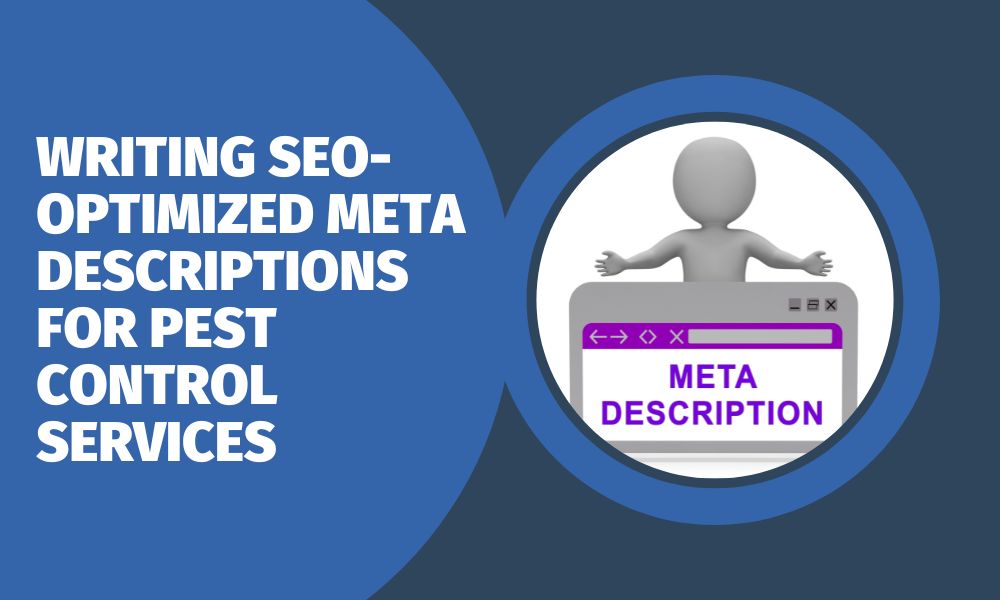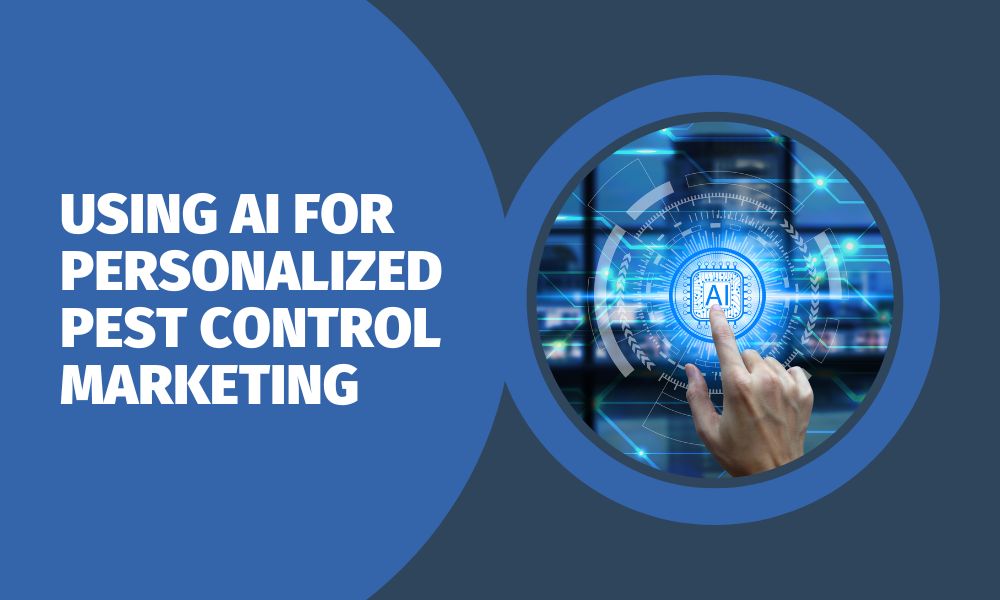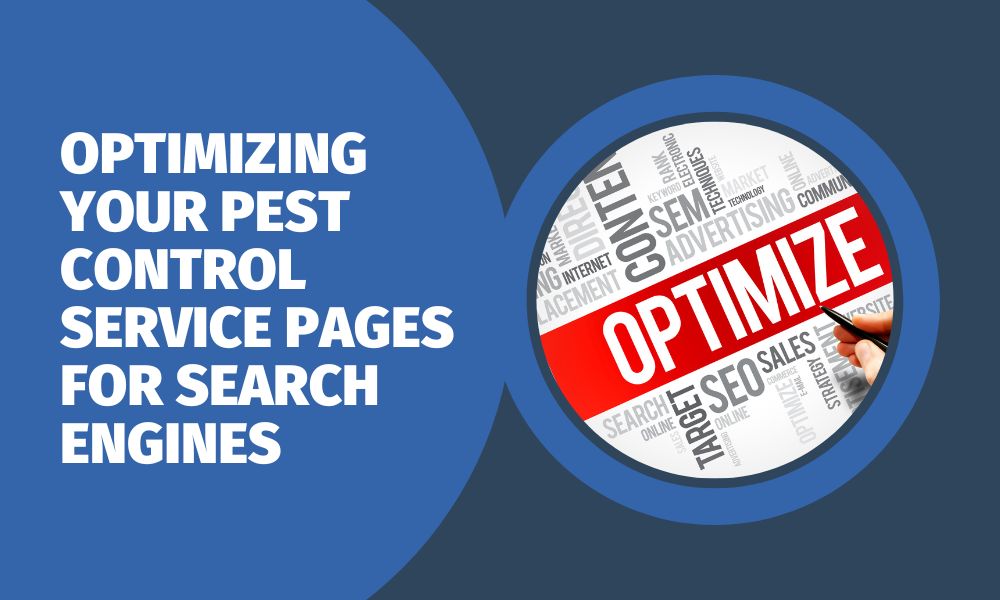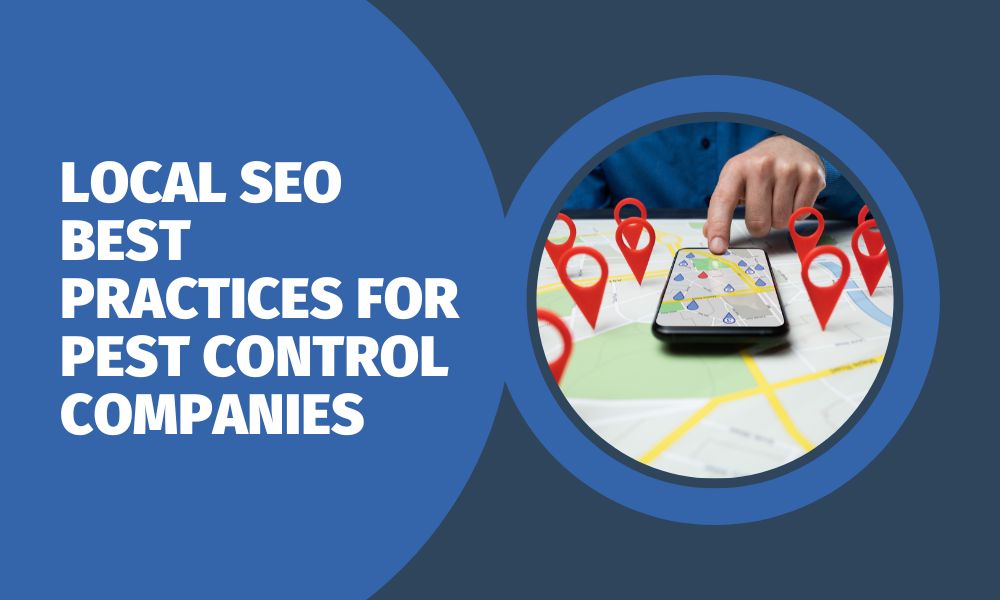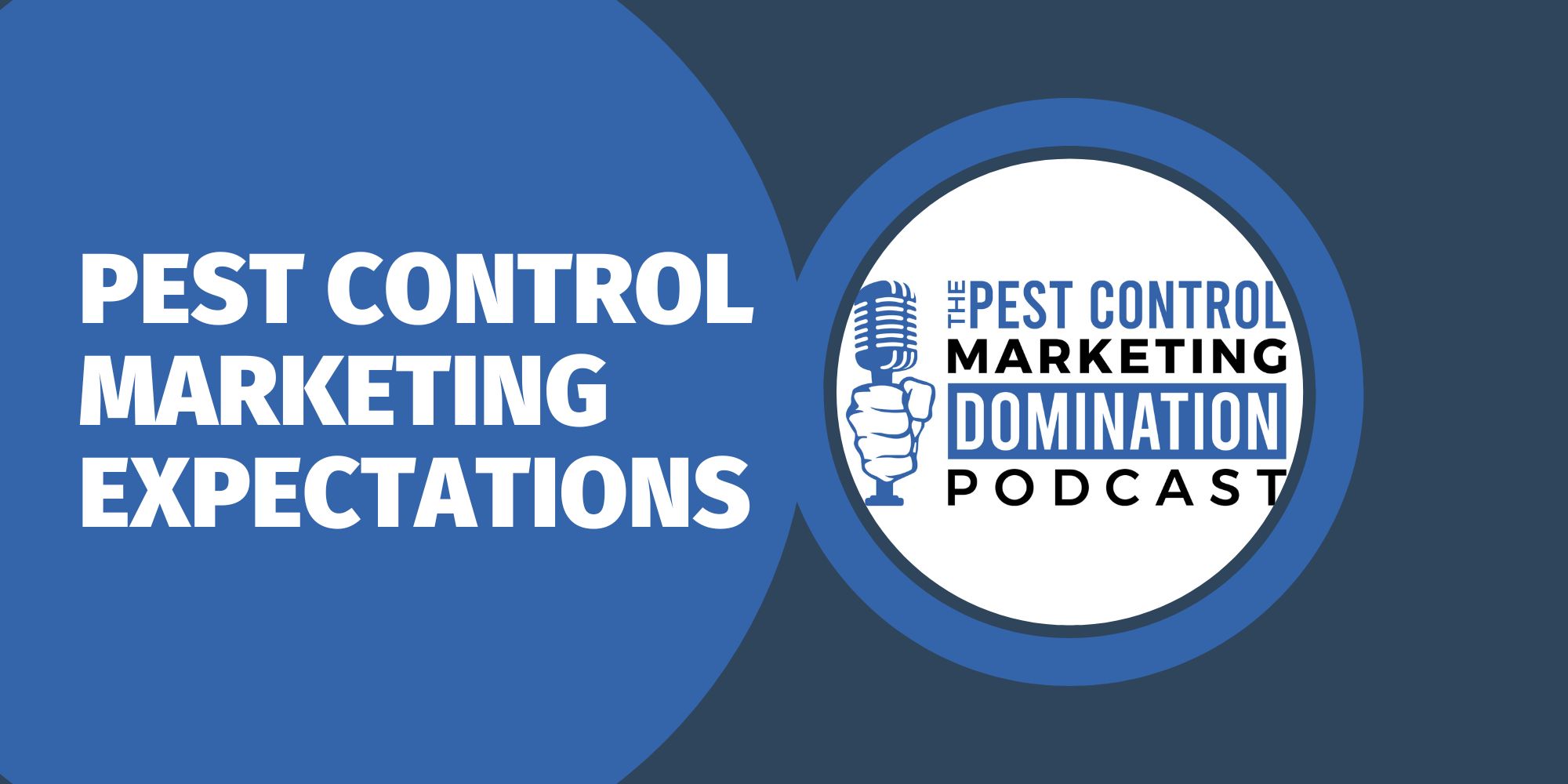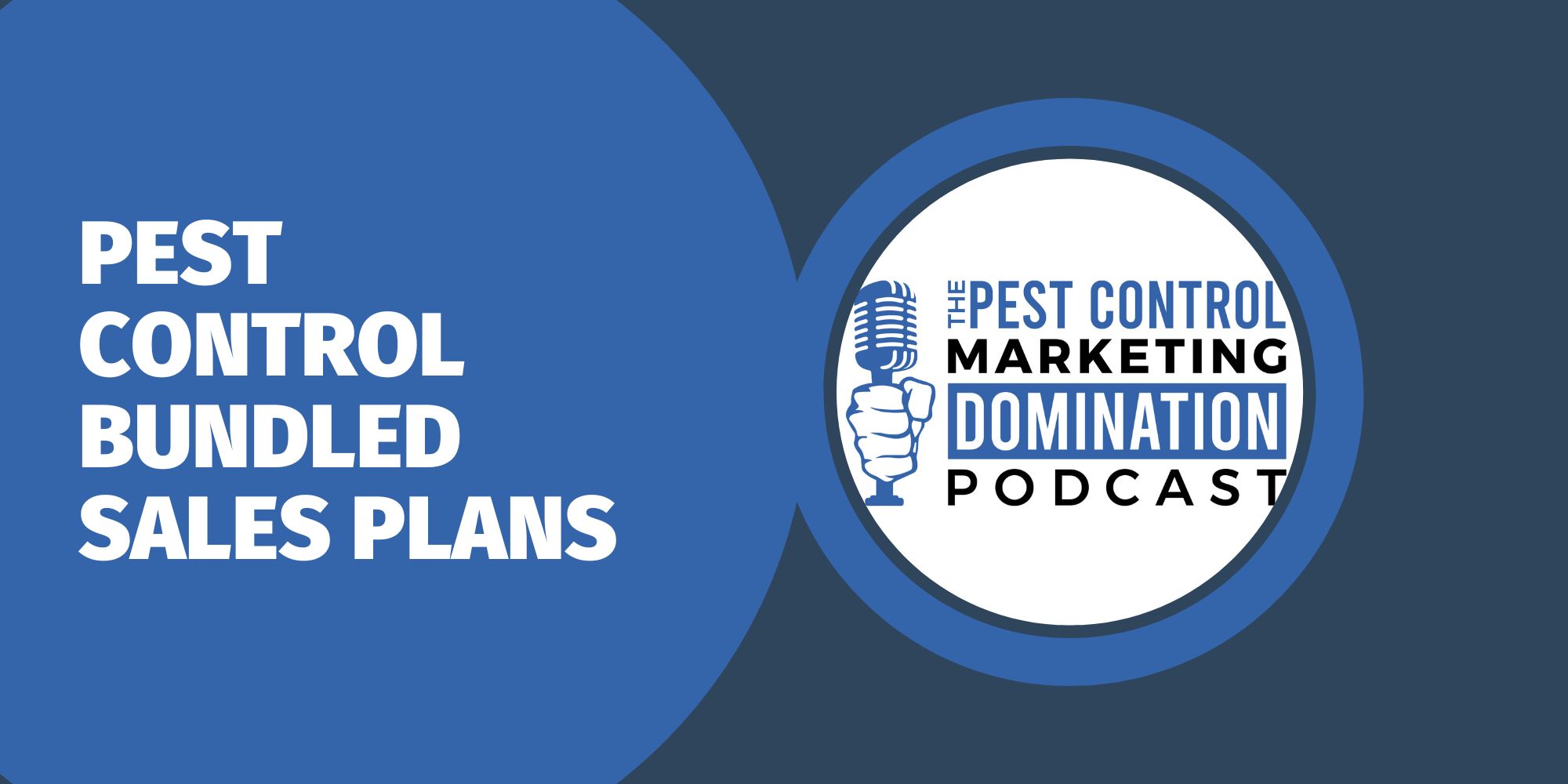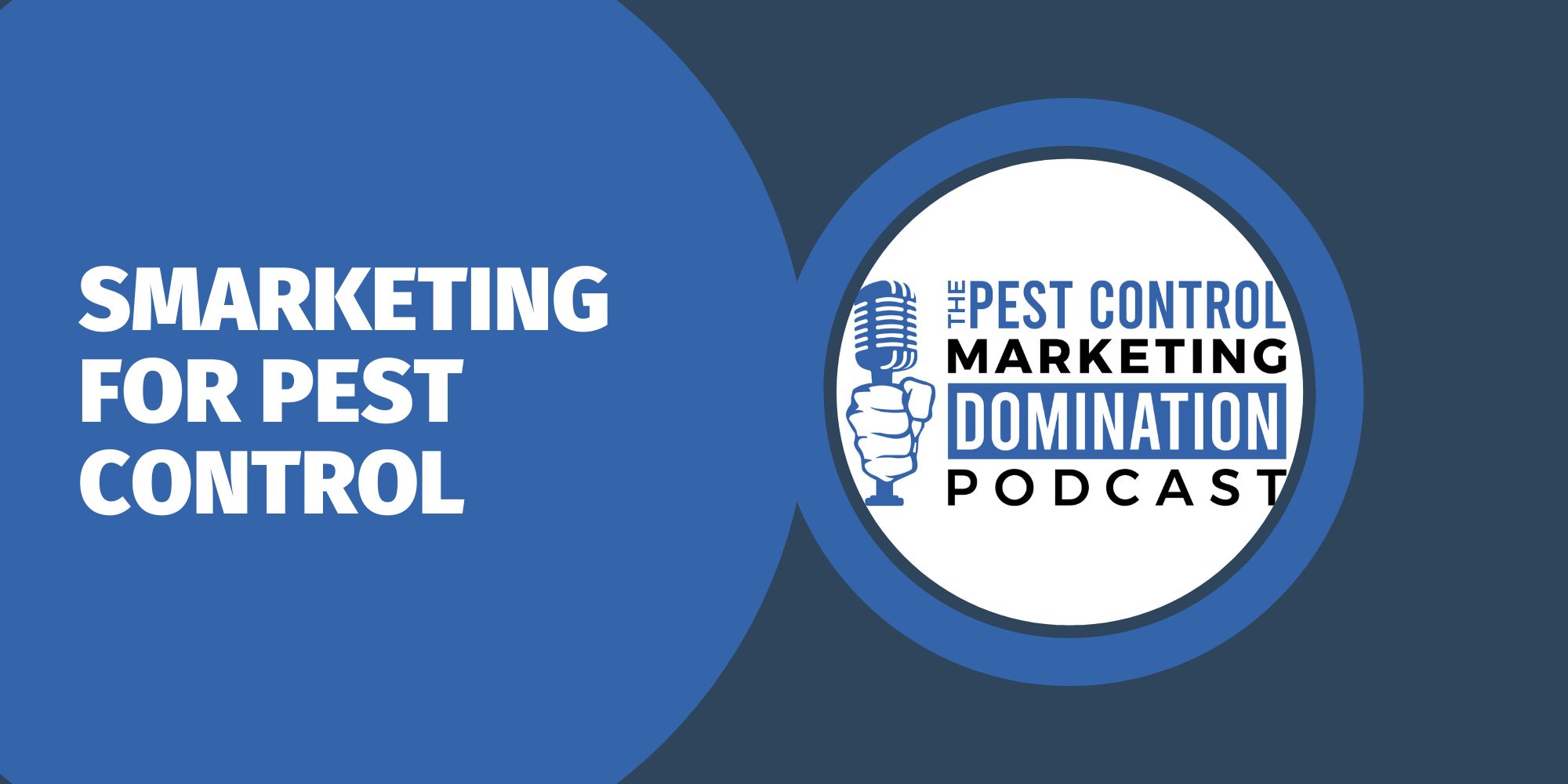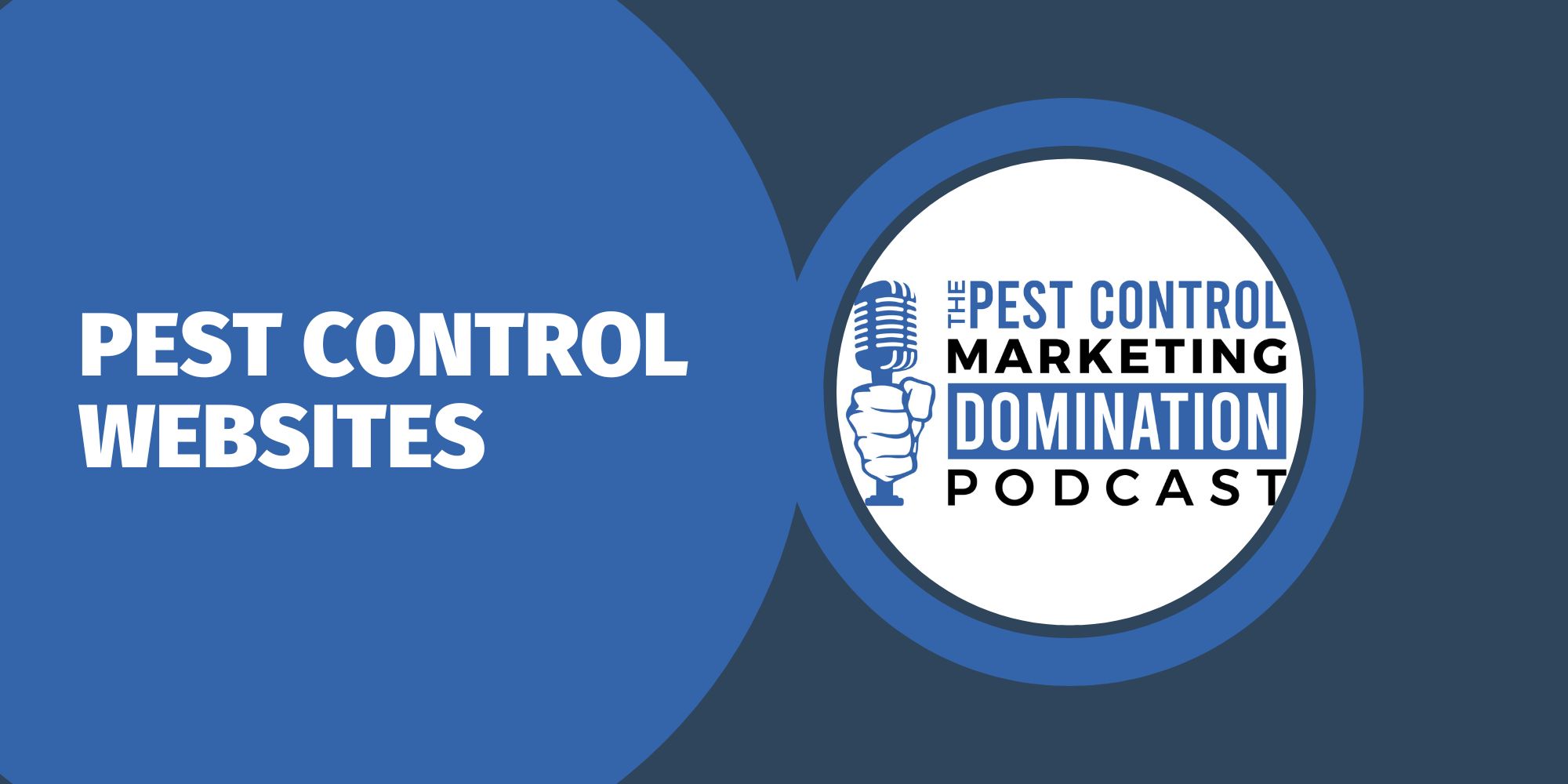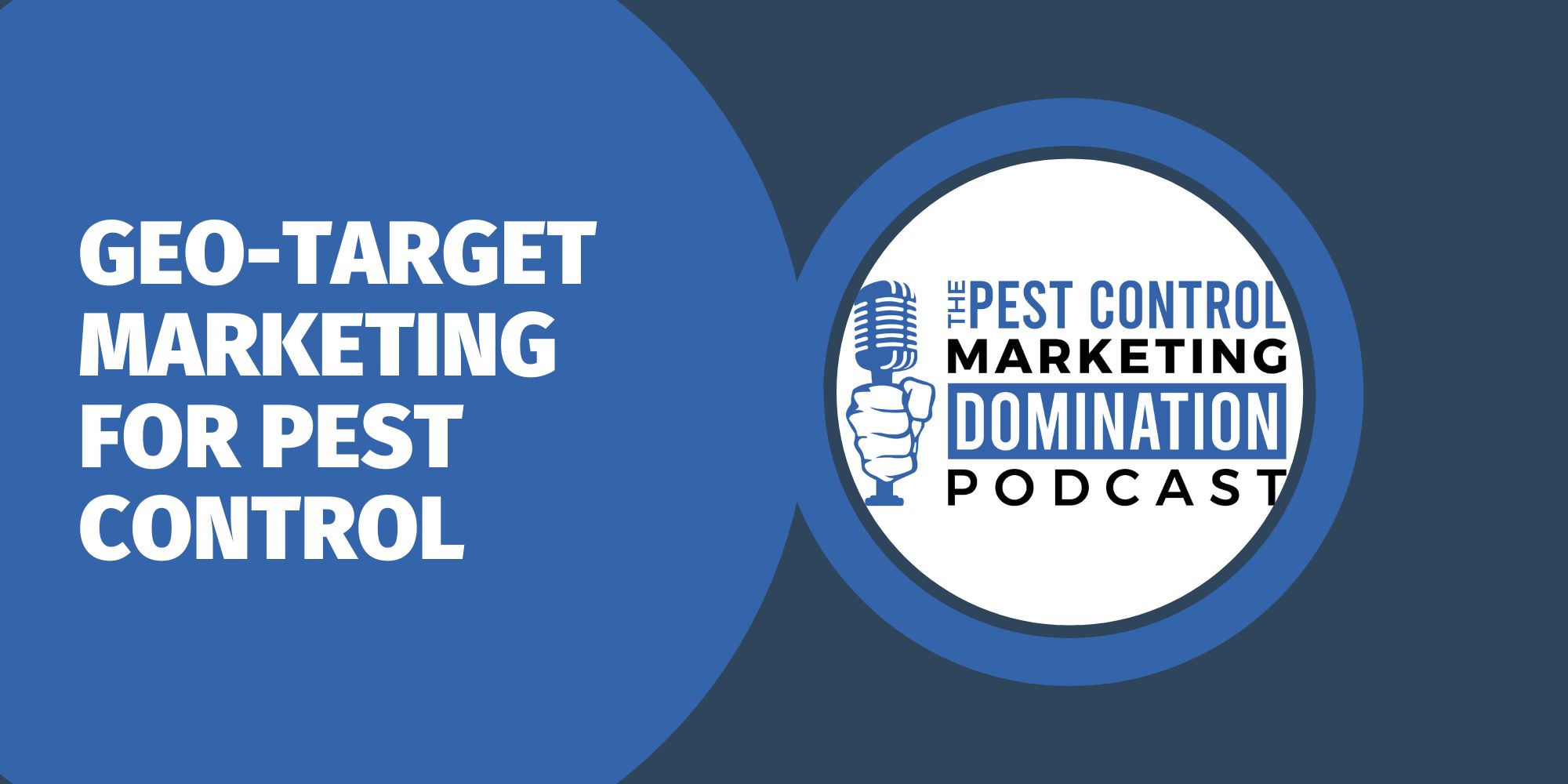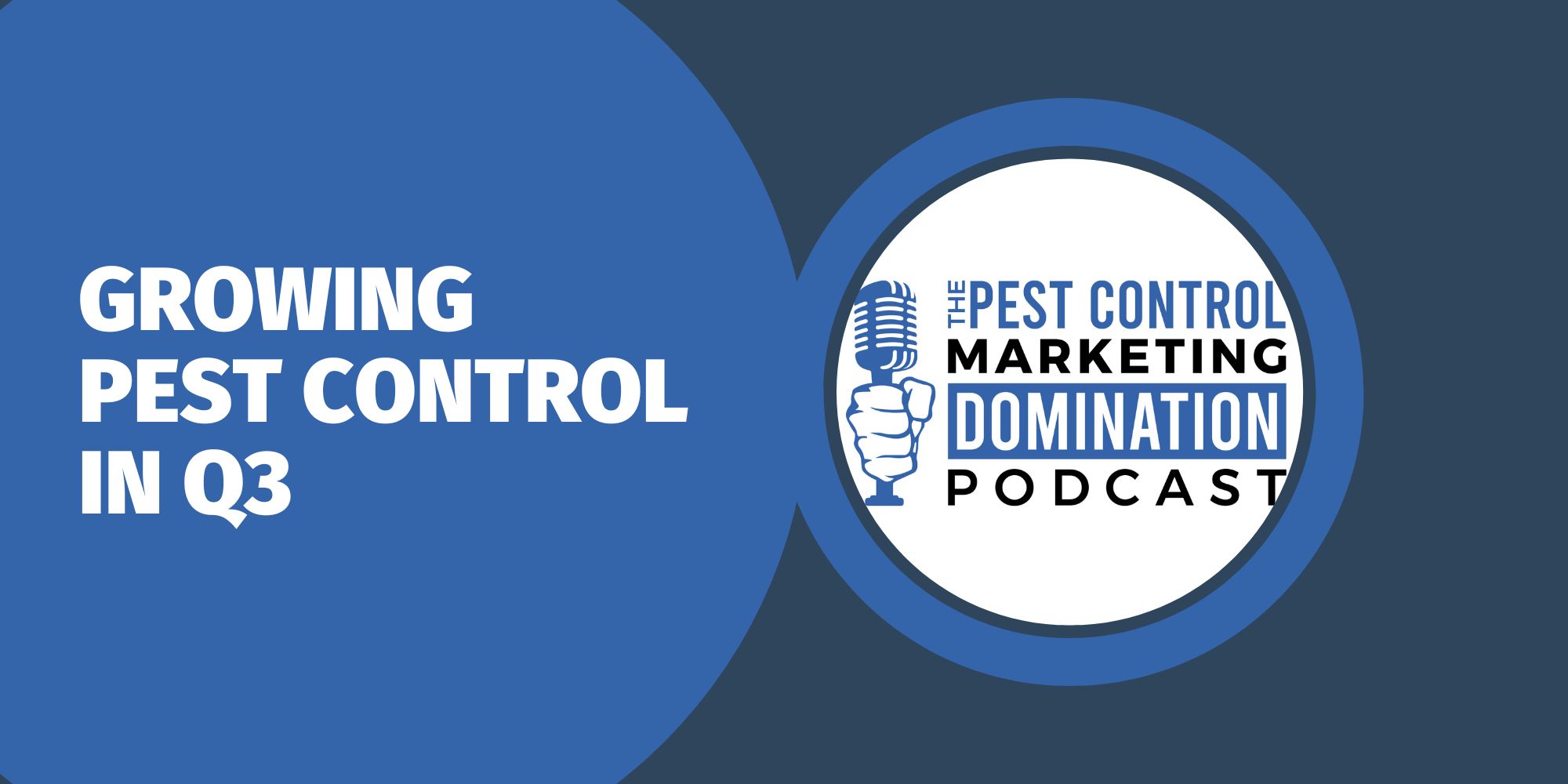With the rapid rise of social media and digital marketing, there has never been a better time to take advantage of these platforms for your pest control business. Pest control companies who are looking to stand out in the local market need to have a strong presence on social media platforms like Facebook, Twitter, Instagram, and LinkedIn.
With targeted advertising campaigns and engaging content, you can reach your ideal customer base and build lasting relationships with them.
Why social media marketing is crucial:
Most pest control companies at this stage have a website and may have some basic review pages like Yelp or Google. But if you’re not actively engaging with your customers online, then you’re missing out on a huge opportunity to build trust and loyalty with potential clients.
In today’s competitive market, social media marketing is no longer an option – it is essential for any business looking to succeed. Social media can be used to establish yourself as THE local authority for pest control – how much would your life change if you were the FIRST person your customers thought of when they were in need of your services?
With targeted ads, original and engaging content, and a consistent presence on social media platforms, you can build your brand recognition quickly and establish yourself as the go-to pest control provider in your area.
Pest control marketing doesn’t have to be complicated or expensive – with the right tools and a little creativity, you can set yourself apart from your competitors and attract new customers in no time.
How to create an efficient pest control social media strategy:
A winning pest control marketing strategy will involve a mix of both paid and organic social media content. Here are some tips to help you create an effective strategy:
1. Define your target audience – who is most likely to benefit from your services, and how can you reach them on social media?
Understanding your ideal customer will help inform the type of content you post, as you want to be posting problem-unaware and problem-aware content targeted to your consumer’s pain points.
If you live in a hot climate, for example, creating a social media campaign about cold weather pests may fall flat – instead, focus on local issues or trends that are relevant to your audience.
2. Establish a regular posting schedule and stick to it.
To stay top-of-mind with your potential customers, you need to be consistently posting engaging content on a regular basis. This may mean dedicating some time each day to posting content, or scheduling posts in advance.
3. Invest in social media advertising campaigns – these can be a great way to reach your ideal audience and drive traffic back to your website and physical store location.
Reaching out to a pest control marketing agency like Rhino to take charge over your paid advertising can help you boost your reach and maximize your ROI.
4. Keep your tone and messaging consistent across all channels – this will help build trust with potential customers, as well as make it easier for them to remember who you are and what you offer when they need pest control services.
Pest control owners are the face of their brands – so make sure you’re putting your best foot forward, and engaging with your audience on social media to build long-term relationships.
Automating your social media marketing for pest control brands:
If you’re a business owner who’s reading all of this and feeling overwhelmed, don’t worry – there is an easier way.
Automated social media marketing tools like Sendible or HubSpot can help you manage and schedule your posts across all of your social channels in just a few clicks. With automation, you’ll be able to:
-Post content on a regular schedule, even if you’re busy or traveling
-Reach new customers with targeted ads that are relevant to their needs
-Analyze engagement metrics for each post to determine which types of content resonates best with your audience
-Save time and energy so that you can focus on other aspects of running your business
How to measure the effectiveness of social media campaigns:
There are a number of metrics you can use to measure the effectiveness of your social media campaigns for pest control brands. Some key metrics to look at include:
-Engagement rate – this is the total number of likes, shares, and comments on your posts, divided by the number of followers you have. A high engagement rate indicates your content is resonating with your audience.
-Audience growth – tracking the number of new followers you are gaining on social media can help you determine if your campaigns are attracting new customers, or just existing fans.
-Click-through rates – more for paid social media campaigns, click-through rates can highlight how conversion-oriented your advertisement is.
Another way to measure the effectiveness of your campaigns is to survey your followers periodically, asking them what types of content they prefer, or how well you’re meeting their needs. This can help inform how you optimize and refine your campaigns over a period of time.
Social media content ideas for pest control companies:
There are many different types of content you can post to engage your audience on social media. Some ideas include:
1. Educational posts – these can be a great way to build trust and establish yourself as an authority in the pest control industry. You might share tips for preventing common pests, or offer insights into common household pests like cockroaches or mice.
2. User-generated content – sharing user-generated content such as customer reviews or testimonials is a great way to build trust and demonstrate your commitment to providing exceptional customer service.
3. Infographics and visual content – using engaging images, videos, memes, or infographics is a great way to grab your audience’s attention and keep them engaged with your content.
Some great infographic ideas for pest control brands include data on the most common types of pests, or statistics around pest control trends. Seasonal content can also be a great way to engage your followers, such as tips for keeping your home pest-free during the winter holidays.
4. Contests and giveaways – running social media contests or giveaways is a great way to generate interest and engagement from your followers, as well as helping to build brand awareness and drive sales.
5. Behind-the-scenes content – giving your followers a glimpse behind the scenes at your business can help them feel connected to you and build a stronger sense of brand loyalty. Pest control set-up, technicians behind-the-scenes, a day in the work truck, etc. are all great content ideas for your social media channels.
Regardless of the type of content you choose to post, it’s important to stay on top of industry trends and shifts in consumer preferences so that you can continue to engage and connect with your audience. And above all, make sure that your content is relevant, entertaining, and engaging so that you can continue to build your brand and grow your business.
How to have a good online presence – pest control digital marketing 101:
Your online presence refers to all of the content you post and share on social media platforms like Facebook, Twitter, and Instagram. To have a good online presence as a pest control company, it is important to be consistent in your posting schedule and to keep your target audience in mind at all times.
This can include sharing relevant news articles and tips related to pest control, posting engaging content that encourages community discussion, and experimenting with different types of imagery and video content. Follow these tips to create an effective social media presence for your pest control company.
Which social media to focus on?
When it comes to social media, there is no one-size-fits-all approach. Different platforms will resonate with your audience in different ways, which means that choosing the right social media channels to focus on will be key to maximizing engagement and ROI.
Facebook, Instagram, and Twitter are all great options for reaching new customers, building brand awareness, and driving sales. Some pest control companies that have a younger target demographic are seeing rapid success using short-form video marketing on TikTok, including @DanBugMan – who has amassed over 100,000 followers sharing pest control videos, tips and tricks.
Use data tracking:
Data-driven insights allow you to see what’s working and what isn’t. Tracking metrics like post clicks, reach, and engagement will help you understand what kind of content resonates with your audience. Additionally, tracking the clicks on your website from social media posts can give you valuable information about which channels are driving traffic to your site.
To measure the effectiveness of your social media campaigns for pest control businesses, consider investing in social media analytics tools like Sendible or HubSpot, which can help you track and analyze a range of important metrics in real-time. With data tracking in place, you’ll be able to make informed decisions about your marketing strategy and focus your efforts on the platforms that generate the best results.
Focus on relevant content:
You should be creating a mixture of problem-unaware and problem-aware content. Problem-unaware content includes useful tips, industry news and updates, and other general information that will be of interest to your target audience.
Problem-aware content is focused on addressing specific challenges or concerns that people may have when it comes to pests. This could include things like how to get rid of a rodent problem, or how to identify bed bugs.
Location plays a huge role in pest control, so make sure you’re only sharing content that’s relevant to your geographic area. To get the most out of your social media marketing efforts, it’s important to closely monitor metrics like reach, engagement, and follower growth, as this will help you identify what types of content are working best and where you should focus your attention going forward.
Overall, a successful social media marketing strategy requires regular monitoring, experimentation, and continuous optimization based on data insights. By focusing on these key strategies, you’ll be well on your way to maximizing engagement and ROI for your pest control business.










